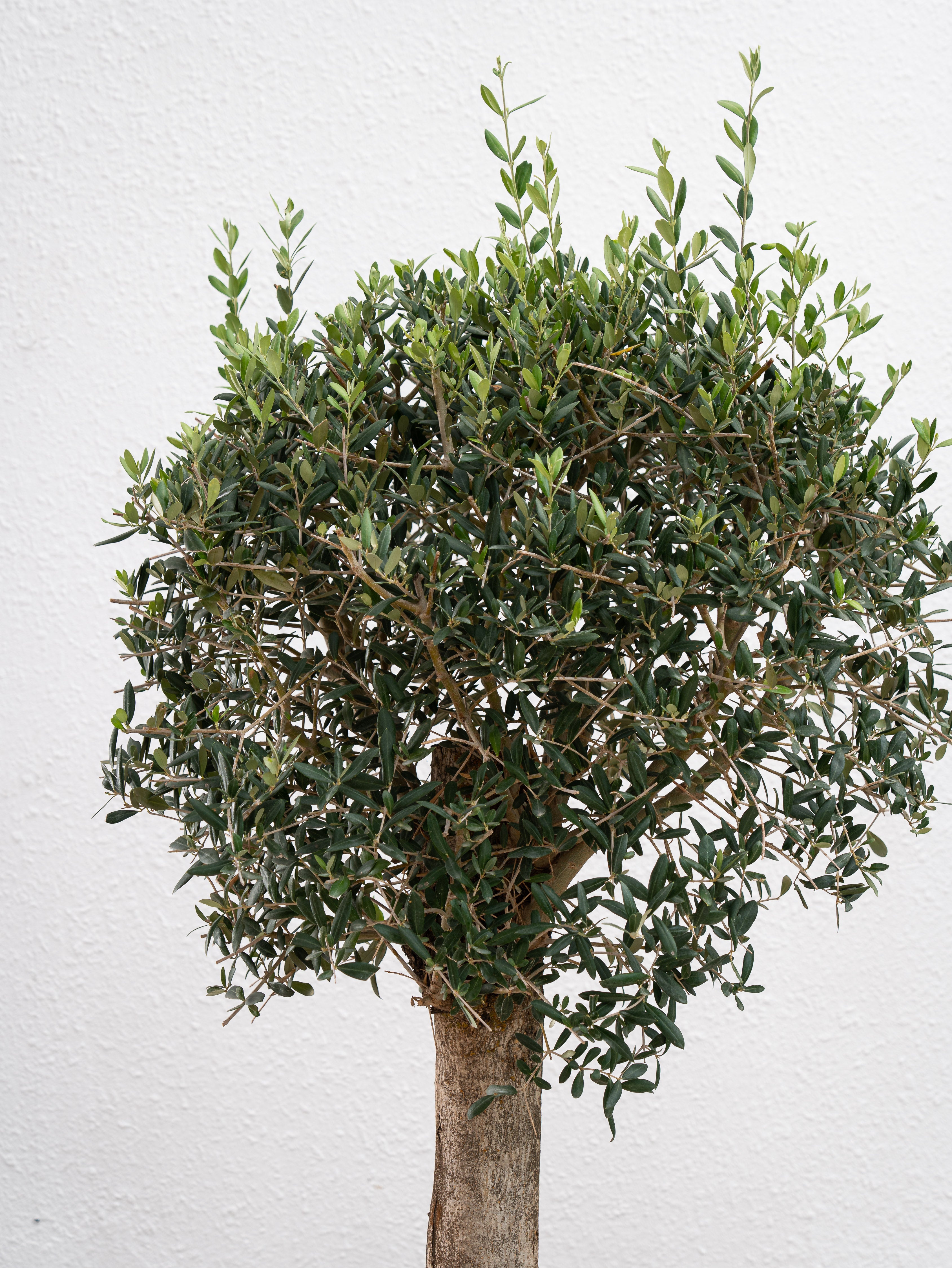Hydroponics is the art of gardening without soil. Hydroponics comes from the ancient Greek words “Hydro”, meaning water, and “Ponics”, which means labour. The water is doing the work to enable the growth of plants. The idea is to skip soil and grow plants using a water-based, nutrient-rich solution. It allows growers and gardeners to produce food anywhere, at any time of the year, and net higher yield with fewer resources. If you wish to start your hydroponics garden, this article will surely help you get started.
What kind of plants can you grow?
The first step is to decide the types of plants you want to grow. This decision will determine what kind of hydroponics system to use. You can almost grow any vegetables. Solution systems are best for plants with shallow roots. For beginners, you should try growing leafy greens, such as lettuce, spinach, and herbs. Use medium culture hydroponic systems for vegetables with deep roots such as beets or top-heavy, such as squash and cucumbers.
Which type of Hydroponics system to use?
The next step to start your garden is to select the hydroponics system. There are various types of hydroponic systems, but you can choose from these six fundamental systems.
- Deep Water Culture (DWC)
- Ebb and Flow (Flood and Drain)
- Wicking
- Drip
- Aeroponic
- Nutrient Film Technique (NFT)
If you are new to hydroponics gardening, we suggest using the Deep Water Culture (DWC) system. It is the most accessible hydroponic system for indoor growing because it requires the least amount of maintenance, materials, and supplies.
Which nutrients and medium to use?
Nutrients play the most critical part in a hydroponics garden. You must monitor your nutrient solution as plants cannot live on running water alone. Hydroponic nutrients differ from nutrients used to fertilise plants growing in soil. If you are not familiar with hydroponics, use a proven formula from a reliable manufacturer.Growing mediums are necessary as they help provide plant roots with support and aeration. The growing medium to use depends on the plants and the hydroponic system. Several types of grow mediums such as rockwool, clay pebbles, coconut fibre or chips, perlite, sand, and vermiculite offer different advantages. You need to choose the one which works best for your garden.
What about light?
Proper lighting is essential for your hydroponics garden. If you are not using natural sunlight, then use a grow light. If you are planning on growing indoors, we recommend using a grow light. While choosing the grow light, you need to consider the light intensity, light spectrum, and coverage area. Different types of grow lights exist, but we suggest full-spectrum LED grow lights.
How to avoid/stop water from killing your plants?
If possible, you should use Reserve Osmosis (RO) water for your nutrient solution. Plants thrive well in water with low pH value, i.e. around 5.5 to 6.3. Most tap water has a pH value of about 7.0 to 8.0, which can harm the plants. You’ll need a pH testing kit to test your water.
Using a Hydroponics system to grow plants can result in nutritious produce. With the right balance of light, nutrients, and other growing conditions, you can expect a high yield compared to traditional gardening.
This technique may have piqued your interest in hydroponics. If you are worried about getting started, we are here to help you with all the essentials.
These tips will help you get the best results but remember, gardening takes time and patience. Feel free to reach out to us for those trying to build a garden but don’t know how to get started. We’ll be happy to assist you.View our Residential Services
Contact us
ask@growhub.ae
+971 56 3883 123













Leave a comment
This site is protected by hCaptcha and the hCaptcha Privacy Policy and Terms of Service apply.